Top 4 Things to Know Before Buying an English Cottage Garden
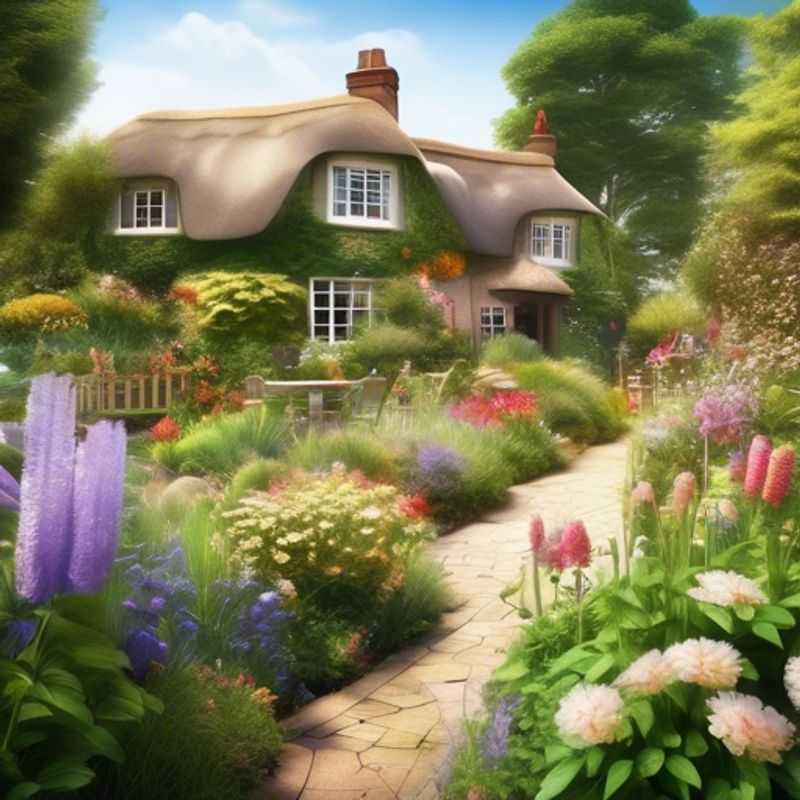
Choosing the Right Plants for Your Climate and Soil Conditions
Planning for Year-Round Interest with a Mix of Perennials, Annuals, and Shrubs
Incorporating Traditional Elements like Stone Walls, Winding Paths, and Water Features
Maintaining the Garden Regularly to Keep it Looking its Best
An English Cottage Garden is a beautiful and romantic style of gardening, but it’s important to understand the key elements before you start planting. Here are four of the most important things to know:
1. Choose the right plants for your climate and soil conditions. English Cottage Gardens are known for their abundance of flowers, but not all plants thrive in every climate. Research which flowers are best suited for your region and soil type to ensure they will flourish.
2. Plan for year-round interest with a mix of perennials, annuals, and shrubs.
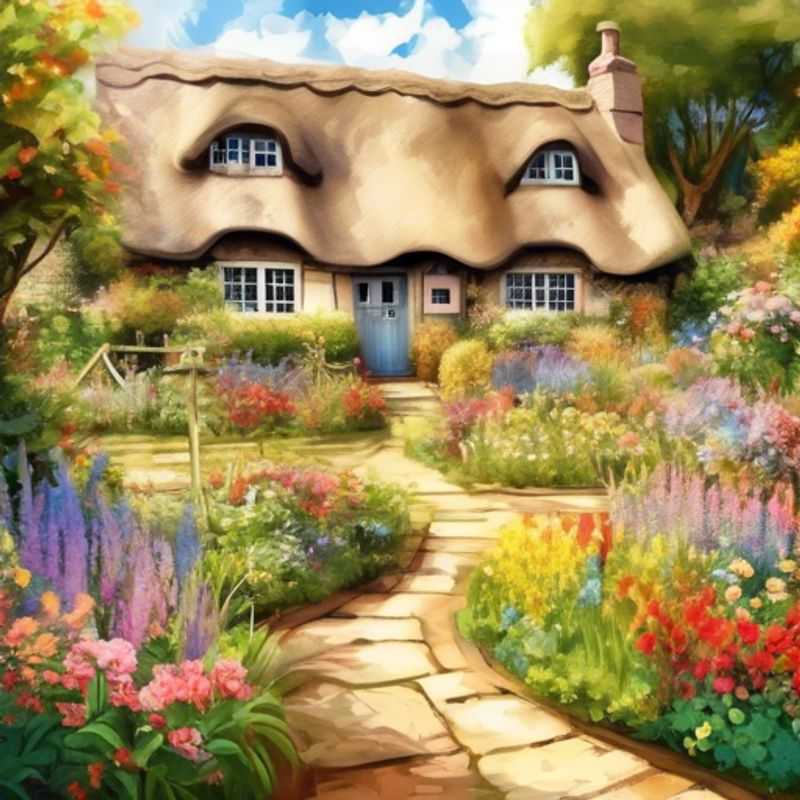
Choosing the Right Plants for Your Climate and Soil: A Practical Guide
Choosing the right plants for your climate and soil conditions is crucial for successful gardening. First, understand your climate zone by referring to the USDA Plant Hardiness Zone Map, which categorizes regions based on average annual minimum temperatures. This helps determine which plants will thrive in your area. Second, assess your soil type, as it affects drainage, nutrient availability, and plant health. Perform a simple soil test to identify pH levels and nutrient content, allowing you to choose plants that are well-suited to your soil.
When selecting plants, consider their sunlight requirements—some plants prefer full sun, while others thrive in partial shade. Additionally, take into account water needs; drought-tolerant plants are ideal for arid regions, while moisture-loving plants are better suited for wetter areas. It's also wise to choose native plants, as they are adapted to local conditions and often require less maintenance.
Finally, when estimating costs for your gardening plan, consider potential expenses such as purchasing plants, soil amendments, and irrigation systems. Additionally, hiring a landscape consultant or garden designer may incur fees if you seek professional advice. By carefully selecting plants based on your climate and soil conditions, you can create a thriving garden that is both beautiful and sustainable.
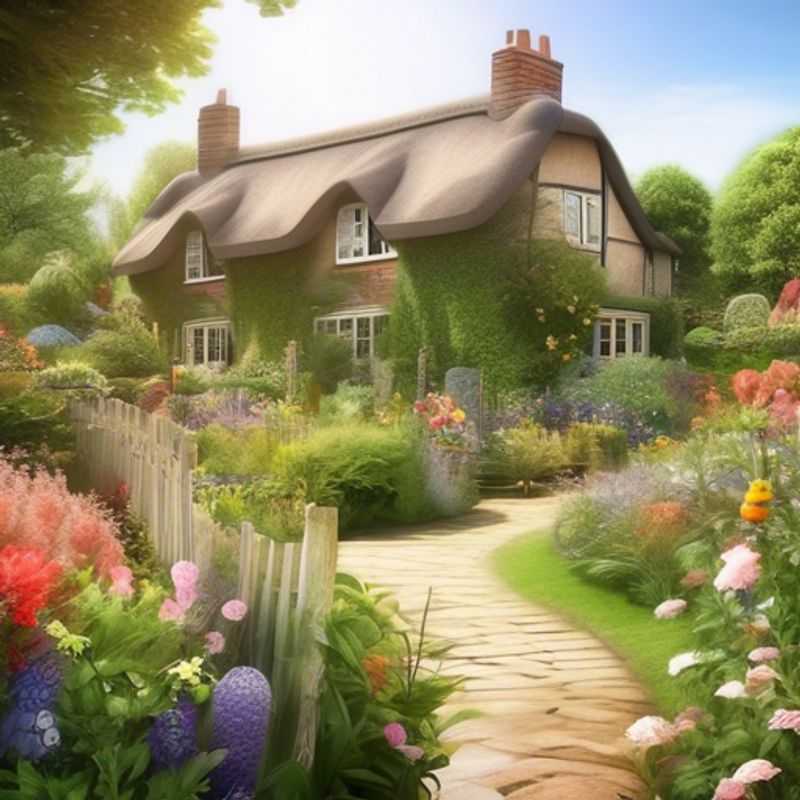
Plan for Year-Round Interest with a Mix of Perennials, Annuals, and Shrubs
To achieve a year-round garden with vibrant blooms, consider a mix of perennials, annuals, and shrubs. Perennials return year after year, while annuals complete their life cycle in a single season. Shrubs provide structure and interest throughout the year.
Perennials offer reliable color and texture. Choose varieties with staggered bloom times to ensure continuous beauty. For example, spring bloomers like tulips, daffodils, and hyacinths can be followed by summer bloomers like coneflowers, daylilies, and lavender. Annuals are essential for filling in gaps and adding pops of color. Consider sun-loving annuals like petunias, zinnias, and marigolds, or shade-tolerant options like impatiens, begonias, and coleus.
Shrubs provide structure and long-lasting interest. Choose varieties with different foliage colors and textures. Consider evergreens like boxwood, rhododendrons, and azaleas for winter interest. Blooming shrubs like hydrangeas, roses, and viburnums add beauty and fragrance to the garden. Consider the mature size and growth habits of shrubs to ensure they don't overwhelm the space.
Plan for seasonal interest. Combine plants with diverse bloom times and foliage textures. Include perennials, annuals, and shrubs that offer different colors, shapes, and scents. Remember to choose plants that are appropriate for your climate zone and soil conditions.
To optimize your garden's visual appeal, consider the principles of design. Use a variety of plant heights and textures to create visual interest. Group plants with similar needs together. Incorporate pathways, benches, and other hardscaping elements for a balanced and inviting space.
Don't forget about the practical aspects of gardening. Consider your budget, available time, and personal preferences. Research different plant varieties and choose options that are low-maintenance and adaptable to your conditions.
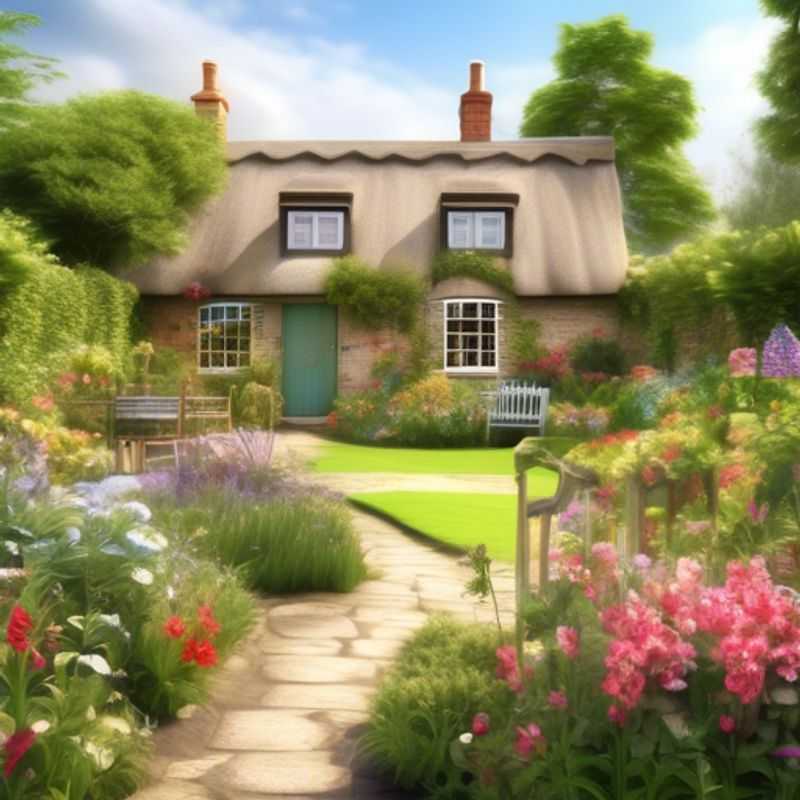
Incorporating Traditional Elements: Stone Walls, Winding Paths, and Water Features in Modern Design
Incorporating traditional elements like stone walls, winding paths, and water features can enhance the beauty and functionality of any space. Stone walls, for instance, offer durability, sound insulation, and a rustic charm. They require skilled masons and high-quality materials, which can be significant expenses, but their longevity and aesthetic appeal make them a worthwhile investment.
Winding paths, on the other hand, add visual interest and encourage exploration. You can utilize various materials like gravel, brick, or even recycled materials, making it a budget-friendly option. However, consider the slope and drainage for proper path construction.
Water features, like ponds or fountains, create a soothing atmosphere and attract wildlife. They demand careful planning, including permits if necessary, and involve ongoing maintenance for water quality and filtration. The costs can vary depending on the size, materials, and features.
Remember, proper planning and research are crucial before embarking on any landscaping project. Consulting with professionals like landscape architects or contractors can help you determine the best materials, design, and budget for your specific needs.
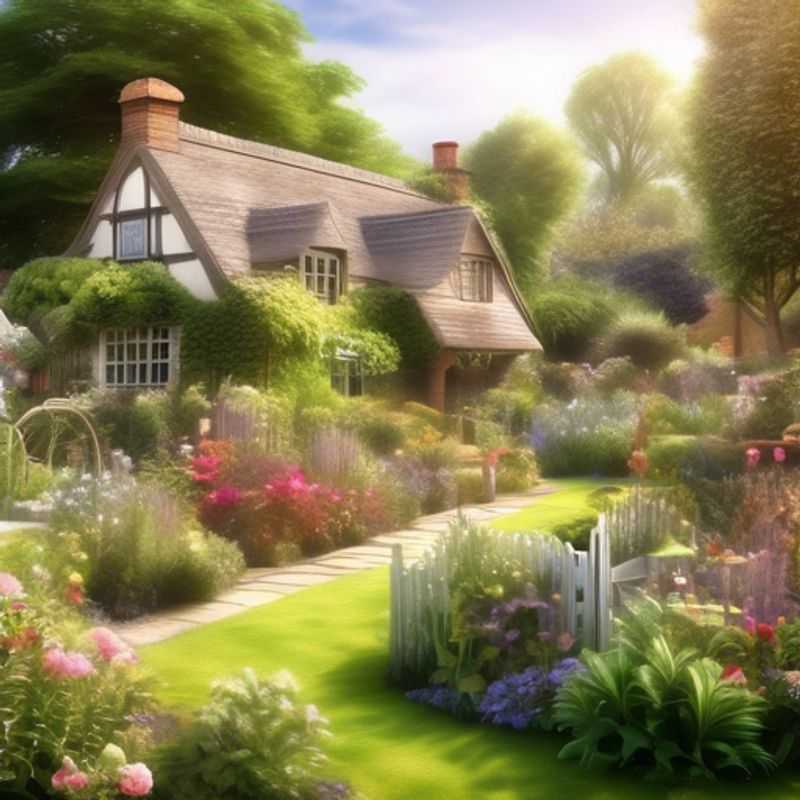
Keep Your Garden Blooming: A Guide to Regular Maintenance
Maintaining a garden regularly is crucial for its health and beauty. It's a continuous process that involves various tasks, each with its own importance. Here’s a brief overview of essential gardening maintenance practices.
Watering is fundamental. Consistent watering, especially during dry seasons, is essential for healthy growth. However, overwatering can be detrimental, leading to root rot. The frequency and amount of water your garden needs depend on factors like plant type, soil type, and climate. Knowing your plant’s specific needs is key.
Weeding is another crucial task. Weeds compete with your plants for water, nutrients, and sunlight. Regular weeding, whether manually or with herbicides, ensures your plants thrive.
Fertilizing is a way to provide your plants with essential nutrients. This can be done through organic fertilizers, like compost and manure, or synthetic fertilizers. Choose fertilizers that are appropriate for your plants’ specific needs. However, overfertilizing can damage your plants, so it’s important to follow the instructions on the fertilizer package.
Pruning is important for shaping your plants and promoting healthy growth. This involves removing dead, diseased, or damaged branches. Pruning can also encourage blooming and improve airflow through your plants. Pruning techniques differ depending on the type of plant and the desired outcome.
Pest and disease control is crucial for preventing damage to your garden. Regularly inspecting your plants for signs of pests or diseases is important. If you find pests, you can use natural methods like insecticidal soap or neem oil, or consider calling a professional for pest control services.
Maintaining your garden can be an enjoyable and rewarding experience. It’s important to be aware of the costs involved. Besides the initial costs of plants, soil, and tools, you may need to factor in expenses for fertilizers, pesticides, and potential professional services. With regular care and attention, you can ensure your garden remains a beautiful and thriving space.
